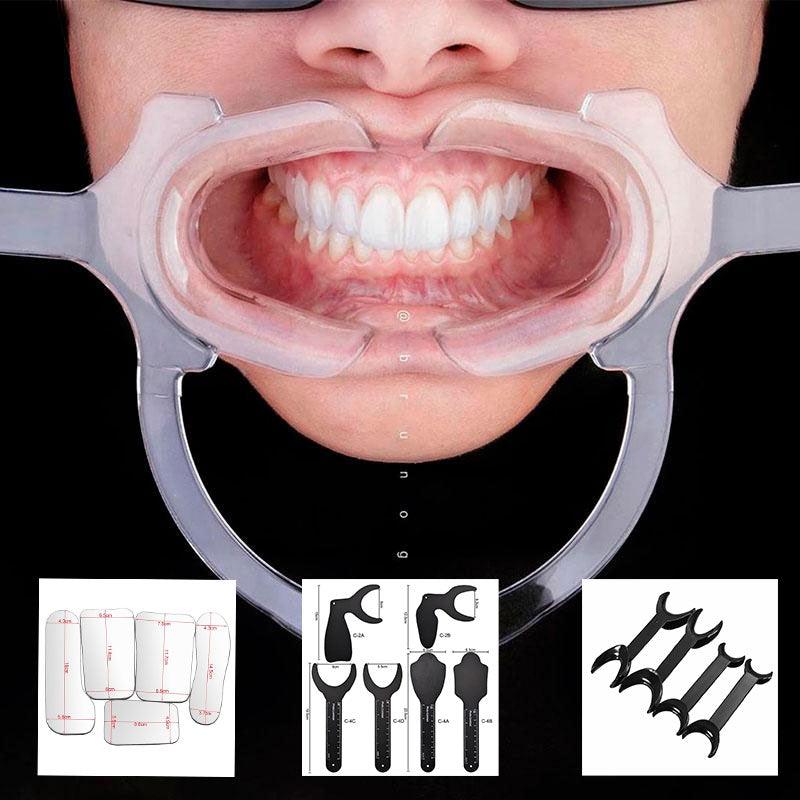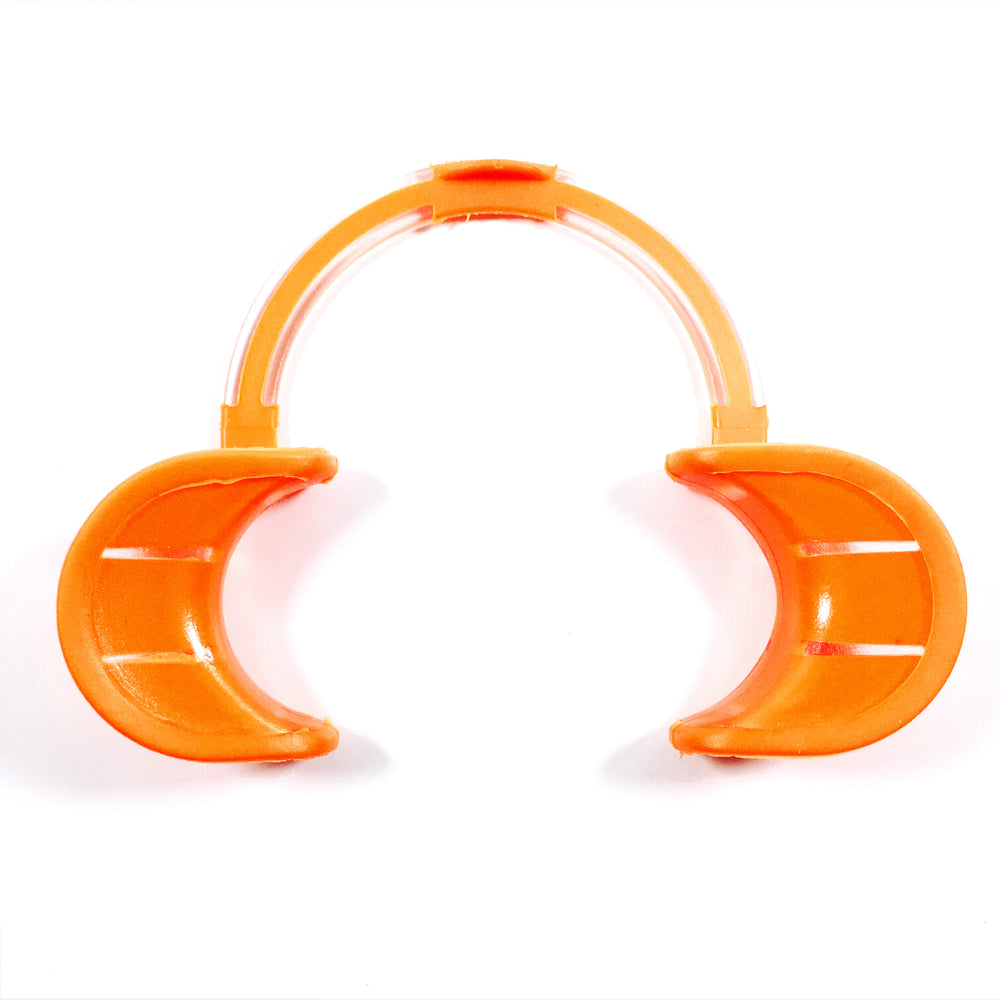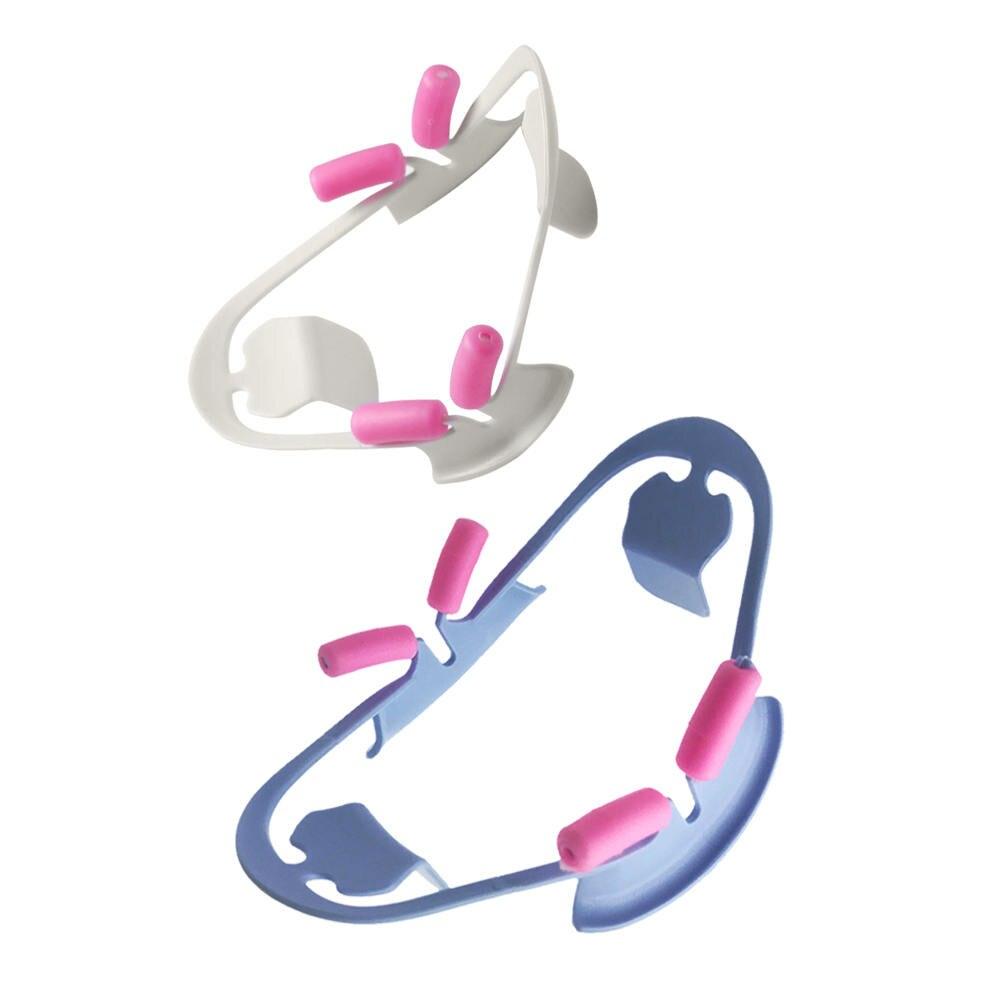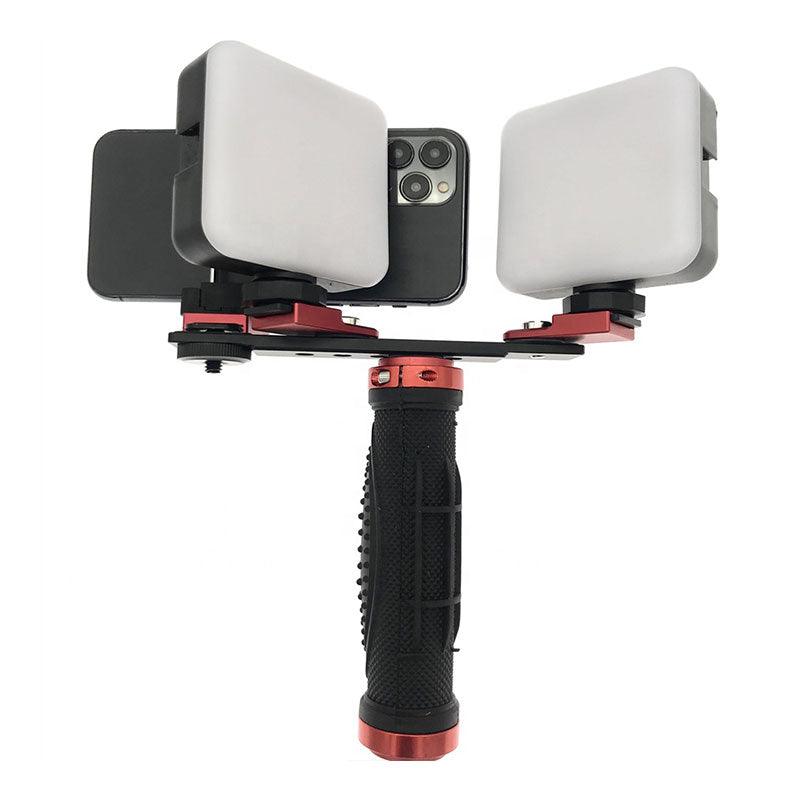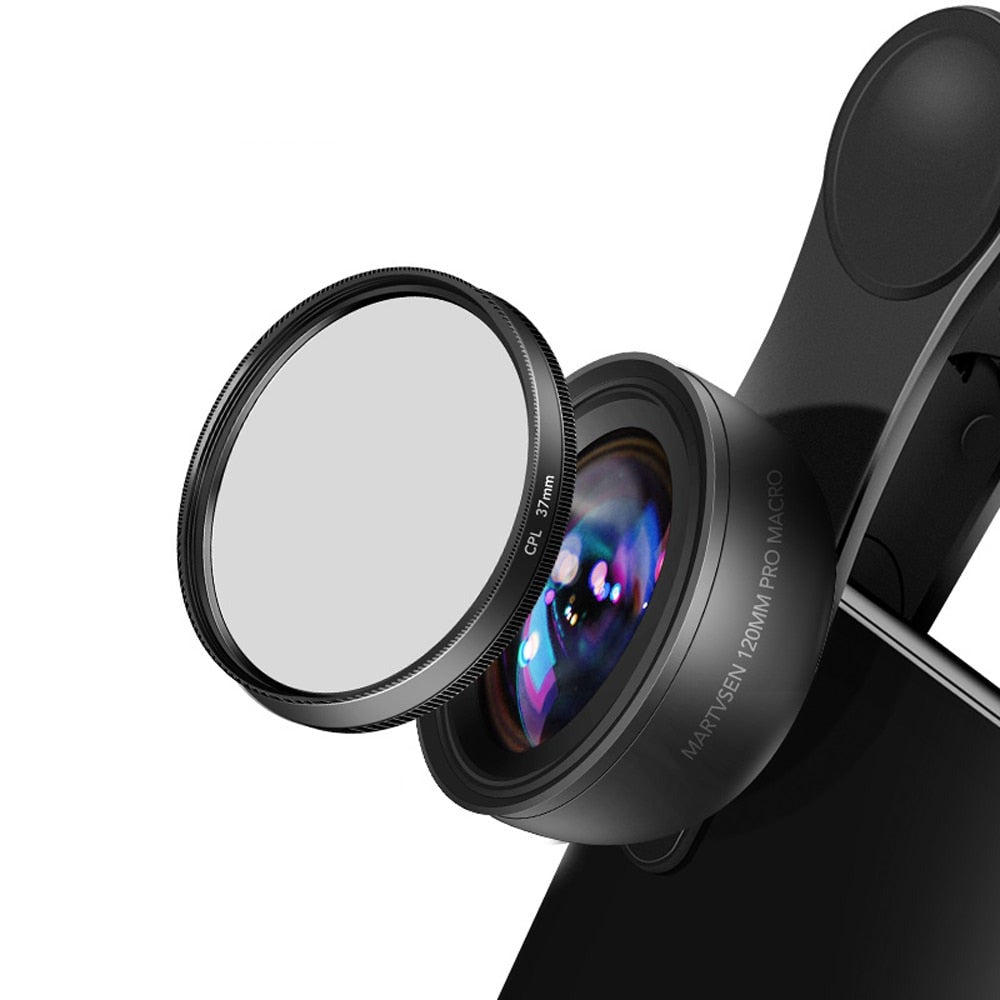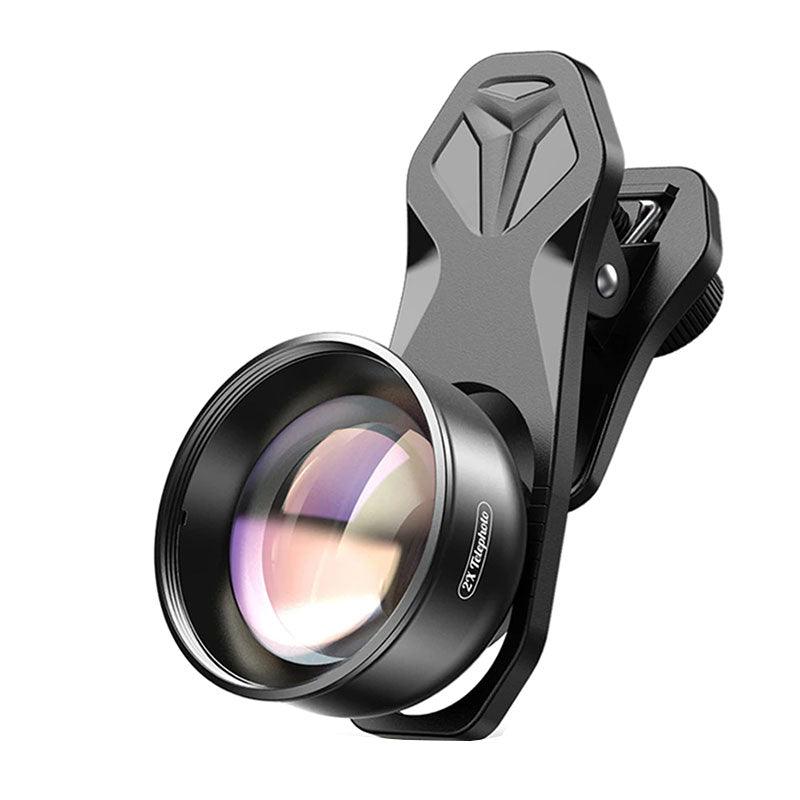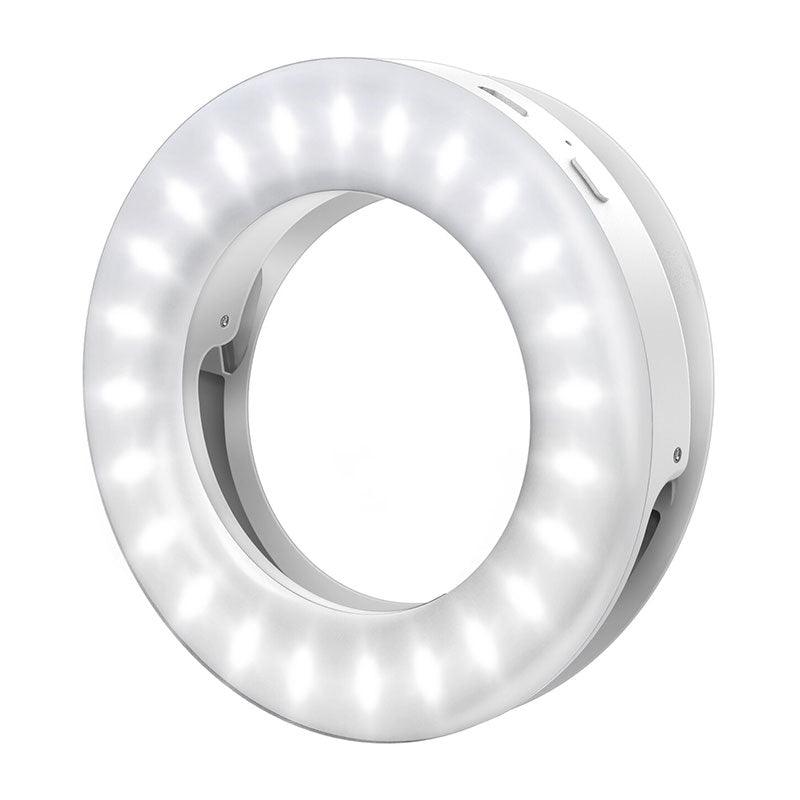Modern dentistry is increasingly relying on digital technologies, including the processing and storage of dental images. However, at the same time, there is a need to protect the confidentiality of patients and comply with the requirements of the European Union in the field of data protection, including the GDPR (General Data Protection Regulation). In this article, we will share useful life hacks for processing and storing dental images to ensure maximum protection of patient data and comply with GDPR.
1. Use data encryption.
One of the most important ways to protect patient privacy and ensure GDPR compliance is to encrypt dental images. Encryption allows you to prevent unauthorized access to patient data since only authorized individuals will be able to view encrypted files. Use reliable encryption algorithms and update the software regularly.
2. Set passwords and restrict access.
To ensure maximum protection of patient privacy, you need to set passwords for all devices containing dental images. Passwords should be complex and unique, and they should be changed regularly. In addition, restrict access to data only to authorized employees and install an access control system to prevent unauthorized access.
3. Regular software and antivirus protection updates.
Often, software updates are not a top priority in dental practice, but they are critically significant to ensure the security of patient data. Make sure that all the software you use, including the operating system, applications, and antivirus programs, is regularly updated. Install automatic updates to make sure that your system always has the latest security fixes.
4. Data backup.
Don't forget to create backups of dental images and other important patient data. In the event of a system failure or data loss, backups will help restore all information. Keep backups on separate devices or in cloud storage to protect them from potential damage or loss.
5. Employee training.
We must not forget that most data leaks are due to the human factor. Educate your employees about the rules for processing and storing dental images, including compliance with GDPR. Explain to them what data should be processed, what accesses are allowed, and how to ensure the security of patient data.
In conclusion, the processing and storage of dental images require special attention to the protection of patient confidentiality and compliance with GDPR. In addition to encrypting data and passwords and restricting access, it is essential to regularly update software, create backups, and train employees. This will help ensure maximum protection of patient data and compliance with GDPR rules.




